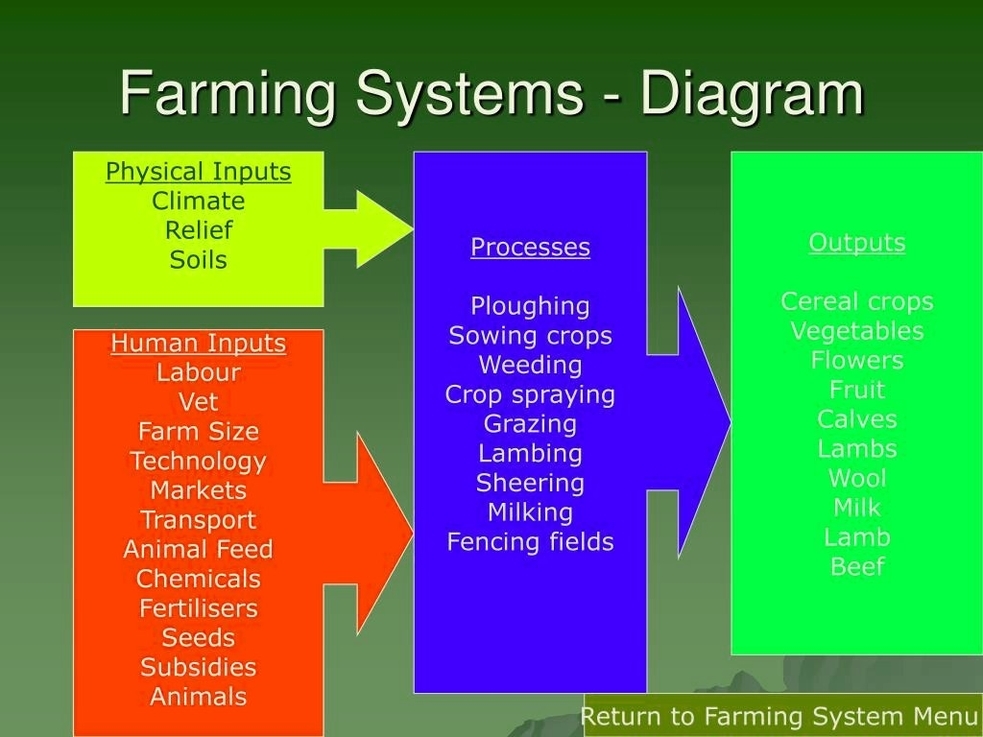
Green Revolution Farming System: The Green Revolution farming system introduced high-yield crop varieties, chemical fertilizers, and irrigation techniques, significantly increasing agricultural productivity in developing countries.
Charts | Diagrams | Graphs